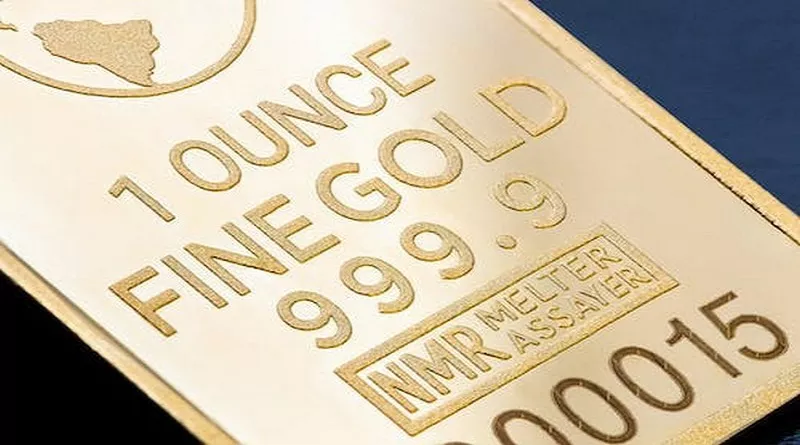Gold, a precious metal revered for its rarity, beauty, and durability, has been a symbol of wealth for centuries. Investors and enthusiasts alike often seek to understand the worth of an ounce of gold as it plays a crucial role in the global economy. In this article, we will delve into the factors that influence the value of an ounce of gold and explore the dynamics that contribute to its ever-changing market price.
Historical Significance:
Gold has maintained its status as a valuable commodity for thousands of years, dating back to ancient civilizations where it was used as a form of currency and a symbol of power. The intrinsic value of gold lies in its scarcity and unique properties, making it resistant to corrosion and tarnish. Over the years, gold has evolved from being a medium of exchange to a store of value, often considered a safe-haven asset in times of economic uncertainty.
Market Dynamics:
The market value of an ounce of gold is subject to various economic, geopolitical, and market-related factors. Unlike fiat currencies, which can be influenced by government policies, gold is not tied to a specific country or monetary system. As a result, it is less susceptible to inflation and currency fluctuations, making it a popular choice for diversifying investment portfolios.
Supply and Demand:
One of the primary factors influencing the value of gold is the fundamental economic principle of supply and demand. Gold is a finite resource, and its mining production is relatively stable compared to other commodities. However, demand for gold is diverse, encompassing jewelry, industrial applications, and investment purposes. Fluctuations in either the supply or demand can have a significant impact on the market price of an ounce of gold.
Central Bank Reserves:
Central banks play a crucial role in the gold market. Many countries hold substantial gold reserves as part of their national wealth. Changes in central bank policies, such as buying or selling gold, can influence the overall supply and demand dynamics in the market. Additionally, announcements regarding central bank actions often have a ripple effect on investor sentiment and can contribute to price movements.
Inflation and Deflation:
Gold has long been considered a hedge against inflation. When inflation erodes the purchasing power of fiat currencies, investors often turn to gold as a store of value. Conversely, during periods of deflation, when prices are falling, gold may not yield returns as attractive as other assets, but its stability can still make it an appealing investment choice.
Geopolitical Events:
Geopolitical events, such as political unrest, wars, or economic sanctions, can significantly impact the value of gold. Investors often view gold as a “safe haven” during times of uncertainty, leading to increased demand and, consequently, a rise in prices. Geopolitical stability or instability can create sudden and substantial fluctuations in the gold market.
Market Sentiment and Speculation:
Like any other asset, the value of an ounce of gold is influenced by market sentiment and speculative activities. Traders and investors closely monitor economic indicators, news, and geopolitical developments to make informed decisions. The perception of gold as a secure investment during turbulent times can lead to speculative buying, driving up prices. Conversely, a shift in sentiment can result in a sell-off, causing prices to decline.
SEE ALSO What Determines the Price of Gold?
Technological Advances:
Gold’s value is not solely determined by traditional factors; technological advancements also play a role. Gold is a crucial component in various electronic devices, making it essential for the technology industry. Advances in technology and changes in consumer preferences for electronic gadgets can impact the demand for gold in industrial applications, affecting its overall value.
Conclusion:
In conclusion, the value of an ounce of gold is a complex interplay of various factors, including supply and demand dynamics, geopolitical events, inflation, central bank policies, and market sentiment. As a precious metal with a rich history and diverse range of applications, gold continues to be a sought-after asset for investors looking to diversify their portfolios. Understanding the intricate web of factors influencing gold prices is crucial for making informed investment decisions in the dynamic world of commodities and financial markets.


